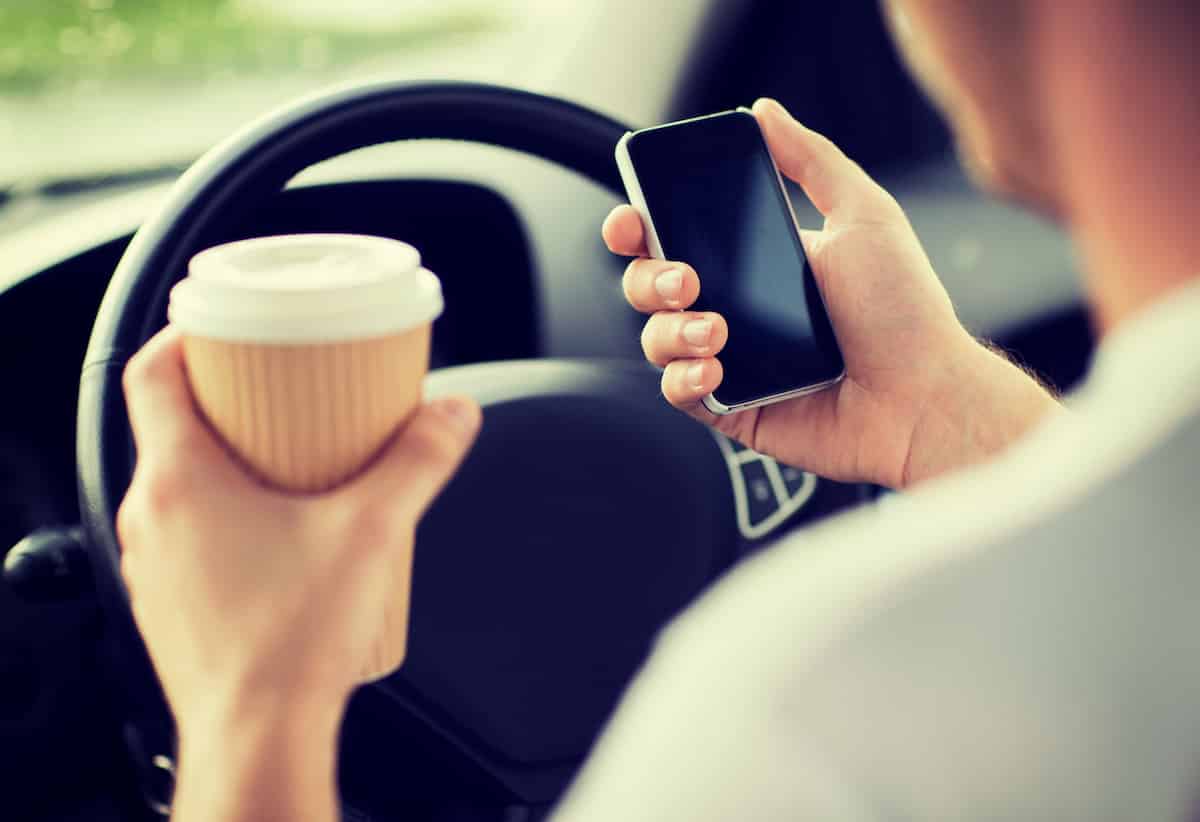Whether you’re browsing online, playing games, or sending a quick text, anything that takes your eyes off the road when you’re driving puts you and other road users at risk. Distracted driving has potentially enormous real-world consequences.
In fact, using a handheld device while driving can be even more distracting than driving under the influence of alcohol or drugs, as it makes you twice as likely to take your eyes off of the road.
While drink-driving receives significant media attention, the dangers of distracted driving are seemingly less well known.
In 2017, 13,997 drivers in Ohio crashed while being distracted by something within their vehicles, according to O.D.O.T. Fifty one of these crashes were fatal, resulting in 55 total deaths. Another 4,668 drivers were in injury-causing crashes resulting in a total of 6,988 injuries, O.D.O.T. reports.
The number of reported distracted driving fatal crashes nearly doubled from 2016 to 2017 (96 percent).
According to the National Highway Traffic Safety Administration, 10 percent (3,196) of U.S. fatal crashes in 2015 were reported as distraction-affected.
That’s more than 7 million people using distracting hand-held devices while driving.
What is distracted driving?
Distracted driving is more than just using a mobile phone while driving. Anything that takes your focus away from your driving is a distraction. The US government breaks down these forms of distraction into three different categories.
Visual
A visual distraction is anything that causes you to take your eyes off the road. Looking at your satnav is an example, as you have to shift your focus away from where you’re going to look at the screen.
Manual
Taking your hands off of the steering wheel for any reason is a manual distraction. Eating or drinking in the car is a very common distraction, along with changing a radio station or adjusting the air-conditioning.
Cognitive
The least obvious of the three, a cognitive distraction is when you are thinking about something other than driving.
This can be anything from daydreaming to having a conversation with your passengers, and it’s something that almost every driver would have to admit they have done on many occasions.
What makes cell phone use so dangerous is that it is an example of all three categories at once. You manually operate your phone while looking at the screen and concentrate on the phone rather than the road ahead.
The move by most car manufacturers towards touchscreen infotainment systems is a real issue for distracted driving, as touchscreens require significantly more attention from the user to use. This is largely because the buttons are not in one fixed place and there is no real haptic feedback to know if you have successfully pressed the right button.
You need to look carefully to see where you need to be touching the screen and then take your hand off the wheel for quite some time to touch the screen and input a command. Because the car is moving and the button positions are not consistent, it requires considerable cognitive effort compared to pushing physical buttons.
Obviously, not every distraction is going to result in a fiery car crash. But it’s also impossible to argue with the fact that you can’t prioritize your attention on your driving if you are attending to something else at the same time.
If something happens in front of you while your focus is elsewhere, at best it will give you less time to react once you return your focus to your driving. At worst, an accident can happen in a flash and you will never know what happened.
Drive safe, not distracted
Remember that if your hands off the wheel and you are looking away from the road, you may not be able to react fast enough to avoid a collision. Keep yourself and others safe by keeping your hands, mind, and eyes focused on driving.


